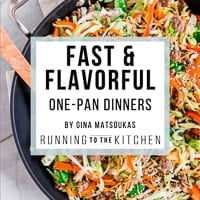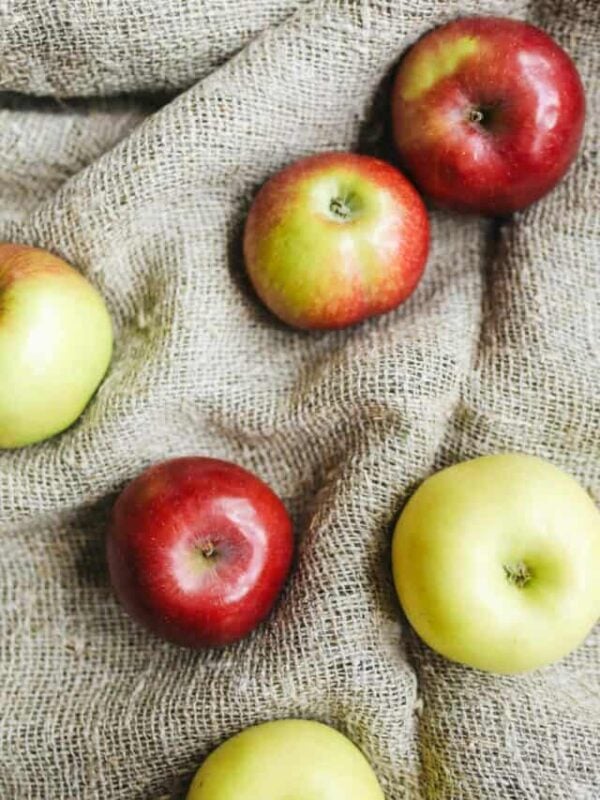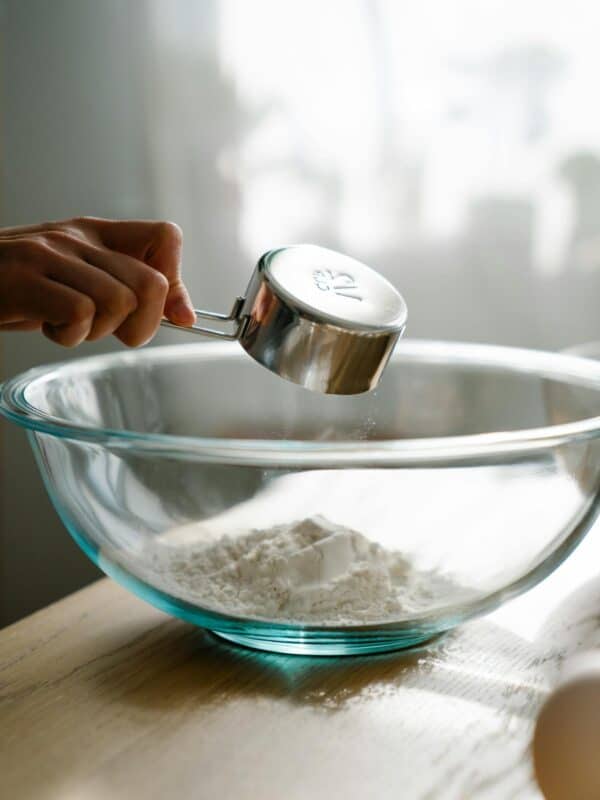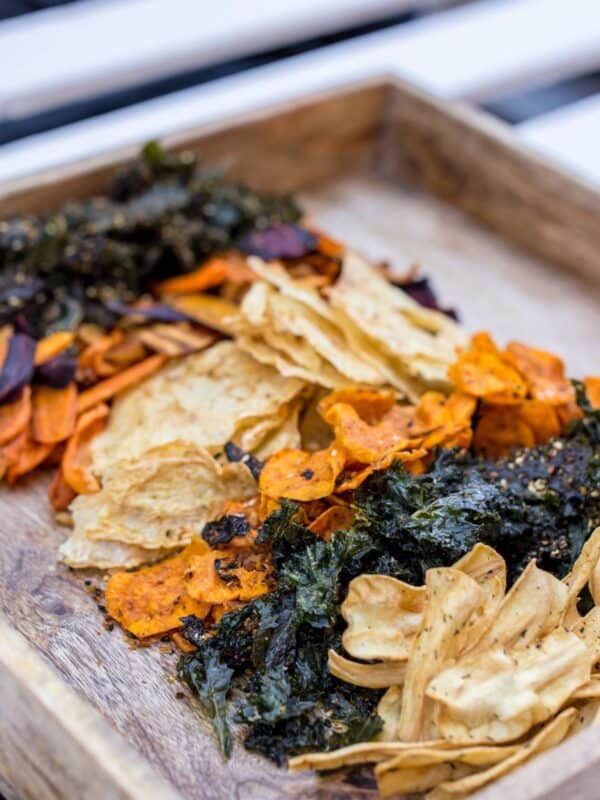If you want to freeze pumpkin, a little prep goes a long way. The right method will maintain its flavor, color and texture, so you can have a bit of fall flavor whenever you like throughout the year.
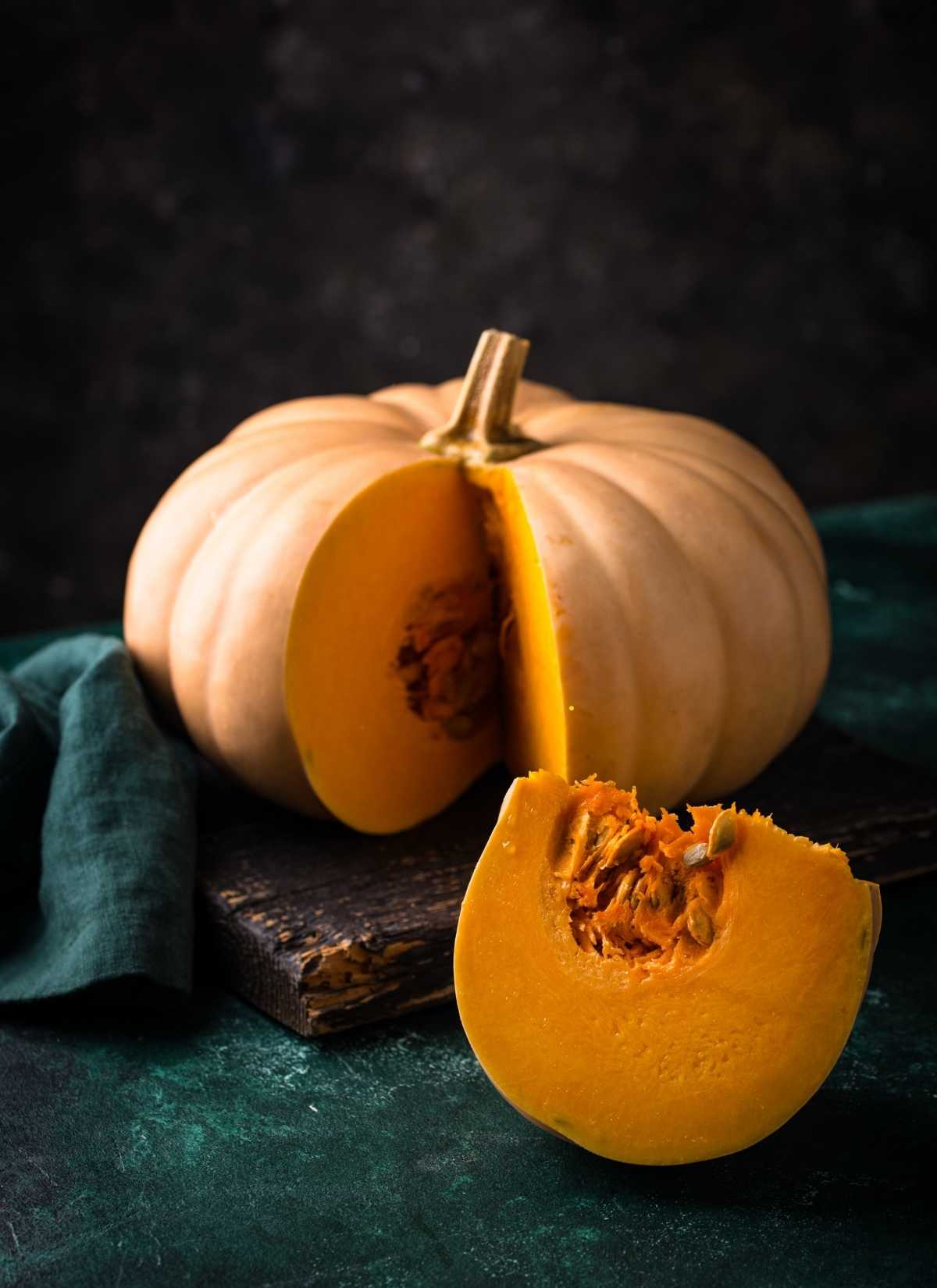
We all look forward to pumpkin season and it’s easy to go overboard at the farmers market or grocery store when those bright orange beauties first show up. If you want to hold onto that flavor for cooking and baking all year, there’s a simple way to make it happen — freezing. Taking a little time now means you can pull out that taste of fall whenever you need it.
Freezing pumpkin is straightforward once you choose the right variety and cook it before packing. You can freeze pumpkin as puree for baking or as cubes for soups and stews. Both options keep well in the freezer and can be added to recipes with minimal preparation.
Choose the right pumpkin
Not every pumpkin freezes well. Small, sweet varieties like sugar or pie pumpkins have dense flesh, rich color and a natural sweetness that holds up in storage. Their texture stays smooth after thawing, which makes them perfect for baking and soups.
Larger carving pumpkins, on the other hand, are bred for size and shape rather than flavor, so their flesh can be watery and bland. Save those for jack-o’-lanterns or feeding backyard chickens and stick with cooking pumpkins if you want the best results in the freezer.
Prep pumpkin for the freezer
A little setup helps you freeze pumpkin for better texture and flavor down the line. A few simple steps before freezing make the pumpkin much easier to use later.
Clean and cut
Wash the pumpkin, then halve it and scoop out the seeds (save them to roast) and fibers. Pat the cut surfaces dry so moisture doesn’t steam the flesh as it cooks.
Cook the flesh
Make sure to cook the pumpkin before you freeze it because raw flesh becomes stringy when thawed. Roasting concentrates the flavor while steaming results in a soft, even texture. With either method, you’ll want to cook until fork tender.
Puree or cube
First, decide how you plan to use the pumpkin. For baking things like savory pumpkin scones, scoop the cooked flesh into a blender and puree until smooth. For savory dishes like soup, cut the cooked flesh into even cubes so it freezes and reheats consistently.
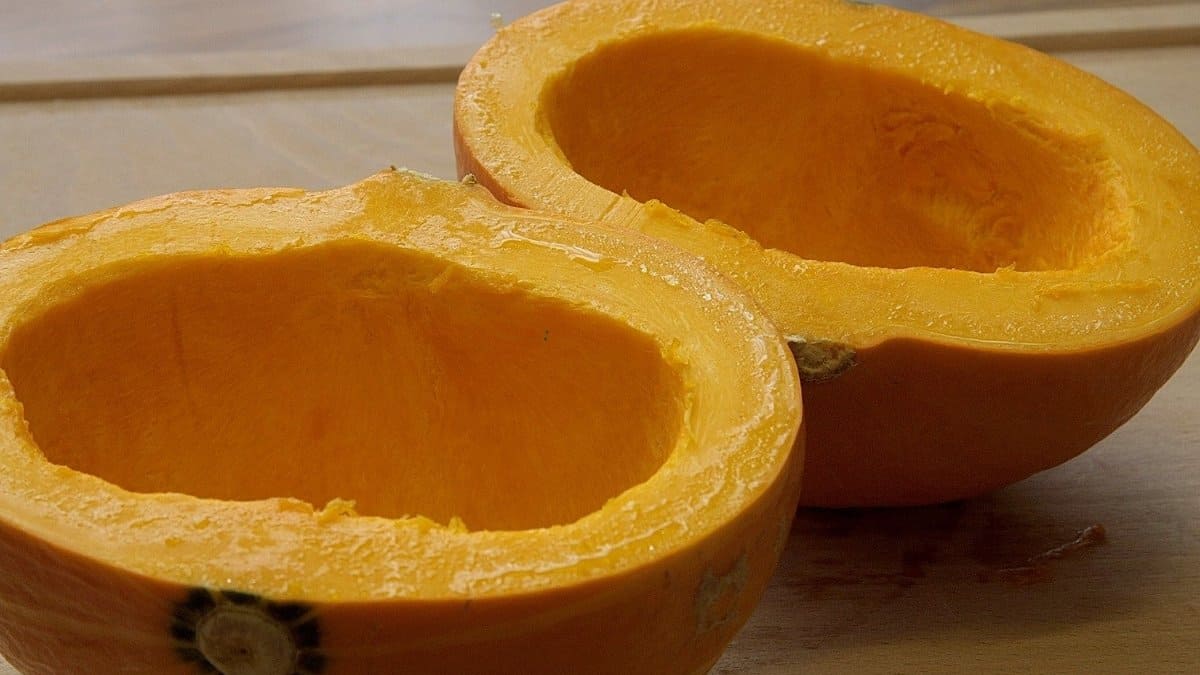
How to freeze pumpkin puree
Pumpkin puree is convenient for quick breads like this seasonal favorite pumpkin banana chocolate chip bread, pumpkin muffins, pumpkin pancakes and soup bases. Cool the puree to room temperature before packing, then label each container with the date and amount so you can grab the right portion later.
Use one of these methods:
- Spoon into freezer-safe containers, leaving headspace for expansion.
- Portion into zip-top bags, flatten, then seal. Flattened bags freeze fast and stack well.
- Freeze in silicone trays in 1/4-cup or 1/2-cup portions, pop out, then store in a larger bag.
How to freeze pumpkin cubes
Cubed pumpkin is ideal for roasting, curries and stews or in any recipe that calls for using squash similarly like this kabocha squash chili. Let the cubes cool to room temperature first. Spread them on a lined baking sheet in a single layer and freeze until firm. Transfer the frozen cubes to a bag, press out air and seal. This extra step keeps the cubes from clumping together in the freezer and makes it much easier to portion out the amount you need when it comes time to use it.
Defrosting and using frozen pumpkin
Thaw pumpkin puree in the refrigerator overnight for a smooth, even texture. You can also add frozen puree straight to hot soup, then stir to blend. For faster thawing, microwave on low power in short bursts, stirring between intervals. Add frozen cubes directly to simmering stews or roast them on a hot sheet pan; thawing first is optional. Frozen cubes of pumpkin puree are also perfect for smoothies like this pumpkin papaya smoothie or a 5-ingredient pumpkin banana smoothie.
Storage and quality tips
Let the pumpkin cool before freezing to prevent ice from forming inside the package. Pack pumpkin in shallow portions so it freezes quickly and holds its texture better once thawed. Press out as much air as possible from freezer bags, or choose containers that fit the pumpkin snugly. This helps prevent freezer burn and keeps the pumpkin tasting fresh. Use frozen pumpkin within three to six months and keep it at a steady freezer temperature.
“I like to freeze pumpkin in one-cup portions so it is ready to go for baking or soups. I use freezer bags laid flat so they stack neatly and thaw quickly. That also makes it easy to thaw just what I need for bread, muffins, or soup any time of year without having to open a whole can!”
— Kristin King, Dizzy Busy and Hungry
Troubleshooting common issues
If the thawed puree seems watery, place it in a fine mesh strainer and let it sit for a few minutes to drain the extra liquid. If pumpkin cubes release too much water in the oven, blot them dry with a paper towel, then toss with a little oil and roast on a preheated baking sheet so they caramelize instead of steaming. If you notice frost inside the package, the seal may have allowed air in. Repackage the remaining pumpkin and use it as soon as you can.
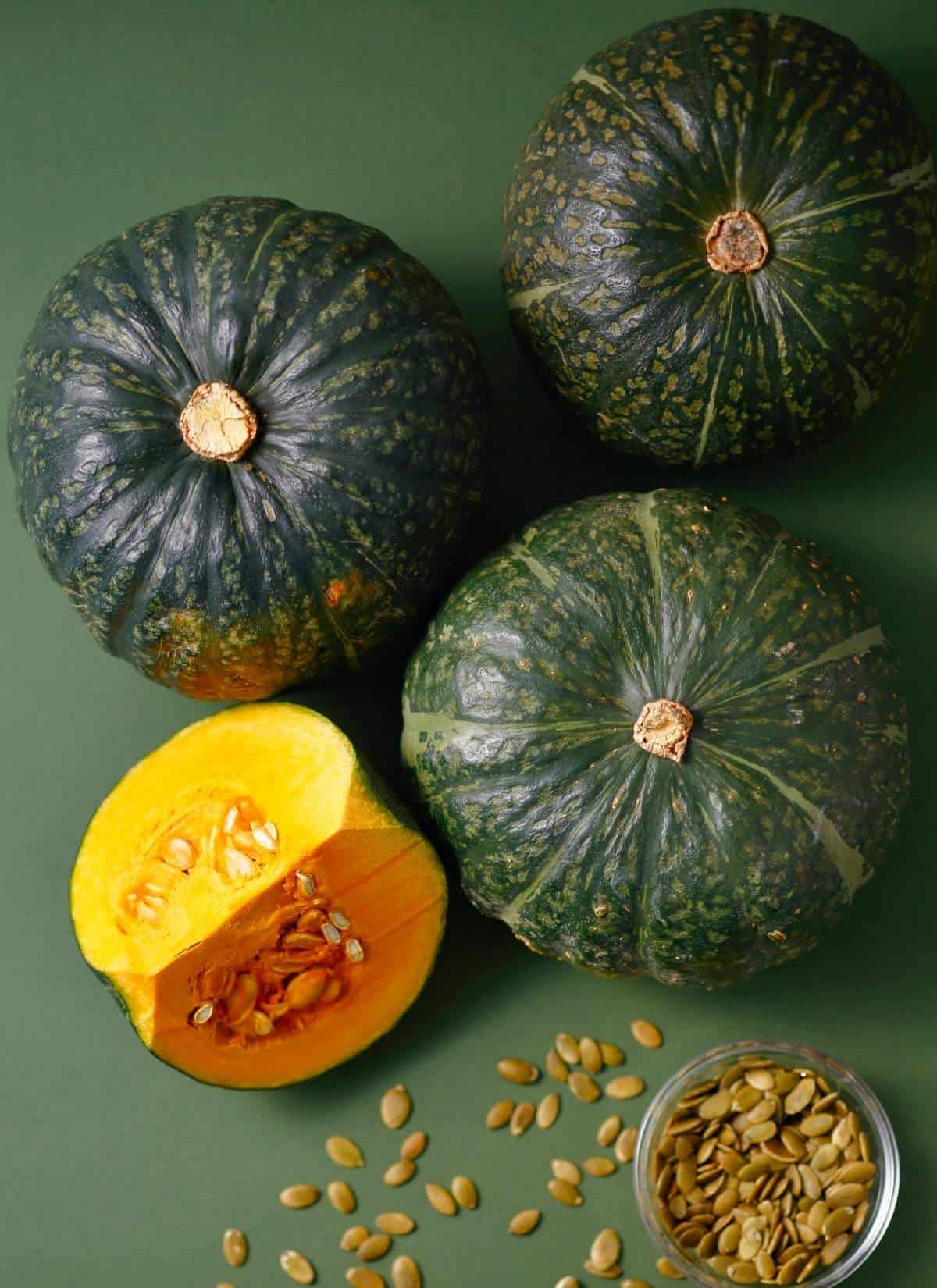
Ideas for using frozen pumpkin
You can freeze pumpkin to make weeknight cooking easier. Try these simple uses:
- Blend puree with milk, banana and cinnamon for a smoothie.
- Stir into oatmeal with maple syrup.
- Whisk into a quick tomato sauce for extra body.
- Add cubes to coconut curry, bean chili or vegetable soup.
- Bake pumpkin bread, muffins, cookies or pancakes.
Make fall flavor last all year
Freezing pumpkin takes just a little extra time up front, but it pays off for months. Whether you store it as smooth puree for baking or in cubes for savory dishes, the freezer keeps pumpkin ready for soups, breads and more. With these simple steps, you can enjoy the flavors of fall long after pumpkin season ends.

Gen La Rocca
Gen is a professional chef, writer and editor living in Southern California. She is the owner and recipe creator behind Two Cloves Kitchen, a food site featuring contemporary, California-inspired recipes. She has edited over 20 novels, short stories and essays for publication.
